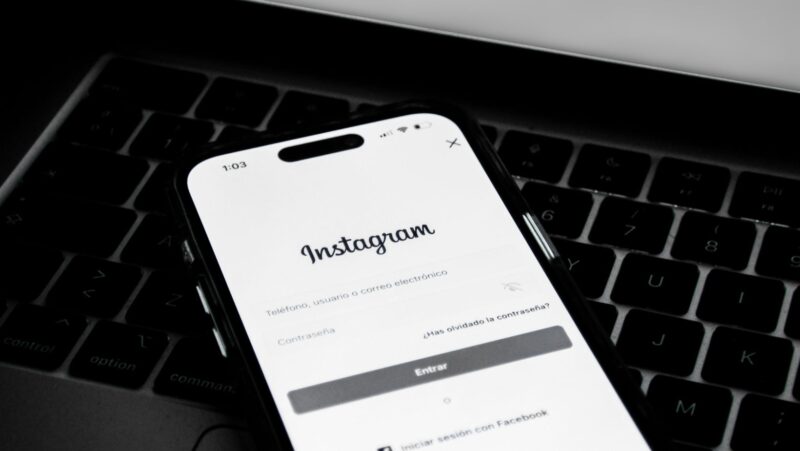
Ever wonder why some logos just stick in your mind? Well, that’s because they’re more than just fancy graphics; they are the heartbeat of a brand’s identity, offering a sneak peek into what the brand stands for. Think of the Apple logo or the swoosh of Nike—simple yet powerful, right? Designing your logo isn’t just about making a pretty image; it’s a blend of creativity and strategic thinking that tells your brand’s story at a glance. Let’s dive in and start shaping the visual voice of your brand!
Step 1: Understand Your Brand
Before you even think about sketching out designs, let’s pause and think deeply about what your brand stands for. What’s your mission? Are you all about eco-friendly products, or perhaps you’re revolutionizing tech education? Pin down your vision—where do you see your brand going? And let’s not forget your core values; these are the guiding principles that drive your business. Now, think about the emotions you want to stir in your audience when they see your logo. Do you want to inspire confidence, evoke warmth, or spark curiosity? Comprehending these elements will set the groundwork for a logo that genuinely connects with your audience.
Step 2: Gathr Inspiration
Ready to get inspired? Start by diving into a sea of creativity—check out popular logo design websites, scroll through social media hashtags, and even take a peek at what your competitors are doing. There’s inspiration everywhere! Grab anything that catches your eye and start building a mood board. This can be digital or physical, whatever sparks your creativity. Think of this mood board as your design treasure map, guiding you through the creative process and keeping all those inspiring visuals in one spot. It’s like gathering all the best ingredients before cooking a masterpiece.
Step 3: Choose Your Logo Style
Now, let’s talk style! Logos come in all shapes and flavors: monogram (like Louis Vuitton’s LV), wordmark (think Google), pictorial (Apple’s apple), abstract (Nike’s swoosh), emblem (Starbucks’ mermaid), and combination logos that mix these elements.

Each style has its vibe and fits different types of businesses. A monogram might be perfect for a luxury brand, while a pictorial could be great for a company wanting to be synonymous with an image. Choosing the right style is about matching the design with the personality and values of your brand.
Step 4: Sketch and Conceptualize
Grab your pencils and paper—it’s time to sketch! Don’t worry about making it perfect. Rough sketches are your first step in bringing your ideas to life. Focus on simplicity and clarity. The best logos are often simple enough to remember after just a glance but unique enough to stand out from the crowd. Avoid complex designs that might be a nightmare to reproduce or scale. Remember, your logo needs to look good on everything from a business card to a billboard.
Step 5: Select Typography
Alright, let’s talk type! The font you choose for your logo says a lot about your brand. Need something modern and sleek? Or maybe something more traditional and solid? Play around with different typography styles, but remember, the key is legibility—your logo’s name must be easy to read. And don’t forget about consistency across digital platforms. Stick with web-safe fonts to ensure your logo looks sharp everywhere, from desktop displays to mobile screens. This step is about finding that sweet spot where style meets clarity, perfectly aligning with your brand’s personality.
Step 6: Color Selection
Colors aren’t just pretty; they’re powerful. Each shade has a psychological impact, evoking different emotions and associations. Think about what your brand stands for—do you want to radiate energy and excitement or convey trust and tranquility? Choose a color palette that reflects your brand’s ethos. But keep it simple; a few cohesive colors will do the trick. This isn’t just about looking good; it’s about creating a strong visual impact and ensuring your logo is easily recognizable. So, pick colors that tell your brand’s story, whether it’s the calmness of blue or the boldness of red.
Step 7: Use Design Tools
Now that you’ve got your sketches, it’s time to bring them into the digital realm. There are many design tools available, from professional software like Adobe Illustrator to more accessible online options. For those ready to create your own logo with ease, Adobe’s platform offers a user-friendly create your own logo tool that suits various skill levels and budgets. Use these tools to refine your logo’s layout, composition, and balance. For those looking to improve their data visualization skills, instructor led Excel training can provide hands-on guidance in mastering spreadsheets, charts, and formatting techniques. This is where your logo comes to life in a crisp, clean digital format. Experiment with the functionalities of the tool to tweak and tune your design until it looks just right. This phase is critical as it merges precision with creativity, so invest time in familiarizing yourself with the digital tools at your disposal.
Step 8: Refine and Finalize
You’re almost there! Now, test your logo across different mediums—print it out, see how it looks on a phone screen, and slap it on a T-shirt.

Ensure it maintains its integrity and impact, no matter where it’s used. This is also the perfect time to bring in some fresh eyes. Share your design with stakeholders, colleagues, or friends for feedback. Be open to their thoughts; sometimes, a small tweak can make a big difference. Adjust as necessary to ensure your logo looks good and feels right.
Conclusion
Well done, you’ve just navigated the thrilling journey of logo design! From understanding your brand’s core to picking the perfect colors and fonts and finally bringing it together into a polished logo. Remember, the key to a great logo is creativity and iteration. Don’t be afraid to try different things and make adjustments along the way. Your logo is a crucial part of your brand’s identity—the face you show to the world, so make sure it’s a face you’re proud of. Keep experimenting, and here’s to making a lasting impression!



